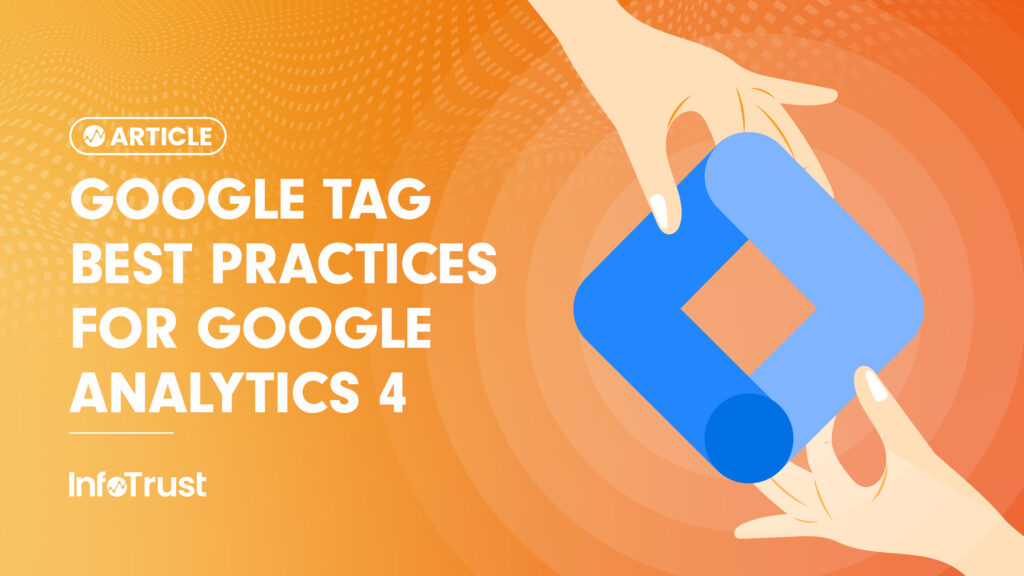This article reviews things you should consider before creating or modifying events. Be sure to check out the best practices section at the end of the article for a summary.
If you’re interested in how to create or modify events in Google Analytics 4, check out part 1!
Outline
- General Limitations
- Disjointed Processes
- Roll-up Properties
- BigQuery
- Custom Definitions
- Monthly Quota
- Best Practices
General Limitations
Google Analytics 4 (GA4) Creations/Modifications are:
- Not retroactive
- Cannot exceed 50 modified events or 50 created events
- Cannot modify or create parameters based on items array
Note: You need an admin or editor role to be able to use this feature.
Disjointed Processes
Creating and modifying events within the GA4 UI can lead to disjointed, messy, and inefficient processes depending on who’s creating or modifying events compared to who’s managing the data flowing into the properties. In turn, this could lead to duplicate, inaccurate, and/or unneeded data being captured by this feature. If you use this feature, be sure to outline clear responsibilities, roles, and processes.
Here are just a few examples of what can happen:
- Missing Data: Users modify important standard events like page_view only to capture sections or parts of the website.
- Duplicate Data: Developers and your tag management team capture new data which overlaps with and duplicates data created through GA4 UI.
- Duplicate Data: Uninformed users create a new event or parameter even though one already exists.
- Unneeded Data: Users create or modify events/parameters instead of creating filters, segments, etc. to extract the information they need within reports.
Roll-up/Sub-properties
Any modified or created event will also appear in your roll-up and sub-properties. I recommend that if you use this feature, make sure that your modifications or creations have consistent naming conventions, values, etc. alongside other properties flowing into your roll-up or sub-properties.
What You Need to Know about Google Analytics 4 Account Structure
BigQuery
If you have BigQuery linked within GA4, that means all information being sent client-side directly to GA4 will then also be stored in BigQuery.
The Google Analytics and BigQuery Integration
Custom Definitions
You can create a custom dimension or metric in your property via the create/modify events feature in GA4. When you do, you’ll need to register the custom definition.
Before you do, consider your custom definitions limit with the table below. It’s best practice to avoid high cardinality parameters so values are not grouped under (other) in GA4 reporting.
| Scope | Standard property limits | 360 property limits |
|---|---|---|
| Event-scoped custom dimensions | 50 | 125 |
| User-scoped custom dimensions | 25 | 100 |
| Item-scoped custom dimensions | 10 | 25 |
| All custom metrics | 50 | 125 |
Monthly Quota
Creating or modifying events can count against your monthly quota.
For Standard Properties, this means that data over your quota will not be processed. For 360 clients, you will be charged overages if you exceed your quota.
Basic Properties (non-360)
GA4: 10 million hits per month per property
UA: 200,000 hits per user per day / 500 hits per session
360 Clients
Contact your representative
Google Analytics Collection Limits and Quotas
Best Practices
We recommend creating, modifying, or deleting events using your Tag Management System (such as Google Tag Manager) first.
If you do use this feature, we recommend that you have a plan in place to eventually migrate this to your Tag Management System and then delete modifications or creations following the migration.
Remember, it’s important that your teams are aligned, processes are in place, and responsibilities are assigned to keep your properties properly maintained.











